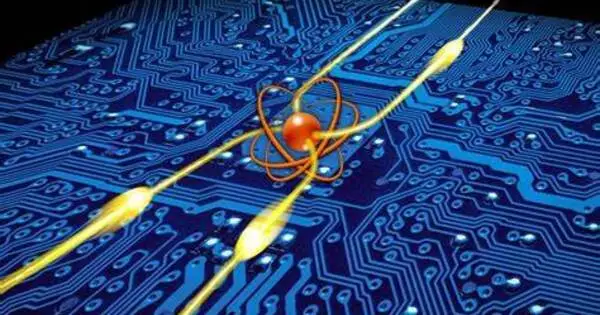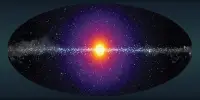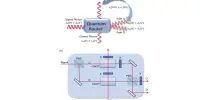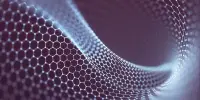Quantum photon sources are essential in quantum communication, cryptography, and computing. A novel method to quantum light emitters produces a stream of circularly polarized single photons, or light particles, which may be beneficial for a variety of quantum information and communication applications. To create this chiral quantum light source, researchers at Los Alamos National Laboratory layered two different atomically thin materials.
“Our findings show that a monolayer semiconductor can emit circularly polarized light without the assistance of an external magnetic field,” said Han Htoon, a scientist at Los Alamos National Laboratory. “Previously, high magnetic fields created by bulky superconducting magnets, coupling quantum emitters to very complex nanoscale photonics structures, or injecting spin-polarized carriers into quantum emitters were used to achieve this effect.” Our proximity-effect method offers the advantage of reduced fabrication costs and dependability.”
The polarization state is a means of encoding the photon, so this achievement is an important step in the direction of quantum cryptography or quantum communication. “With a source to generate a stream of single photons and also introduce polarization, we have essentially combined two devices in one,” Htoon said.
Our findings show that a monolayer semiconductor can emit circularly polarized light without the assistance of an external magnetic field. Our proximity-effect method offers the advantage of reduced fabrication costs and dependability.
Han Htoon
Indentation key to photoluminescence
The research team worked at the Center for Integrated Nanotechnologies to stack a single-molecule-thick layer of tungsten diselenide semiconductor onto a thicker layer of nickel-phosphorus trisulfide magnetic semiconductor, as published in Nature Materials. Postdoctoral research associate Xiangzhi Li used atomic force microscopy to make a series of nanometer-scale indentations on a thin stack of materials. The indentations are 400 nanometers in diameter, thus more than 200 of them may easily fit over the breadth of a human hair.
The indentations created by the atomic microscopy tool proved useful for two effects when a laser was focused on the stack of materials. First, the indentation forms a well, or depression, in the potential energy landscape. Electrons of the tungsten diselenide monolayer fall into the depression. That stimulates the emission of a stream of single photons from the well.
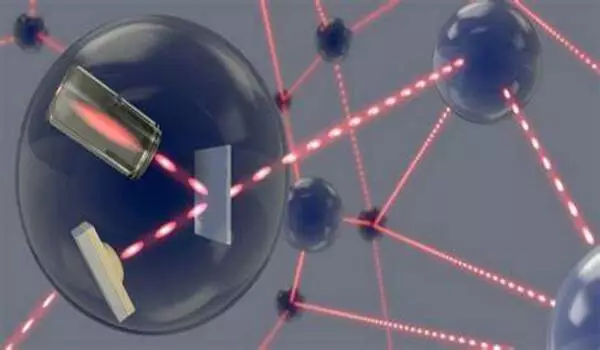
The nanoindentation also alters the magnetic characteristics of the underlying nickel phosphorus trisulfide crystal, resulting in a local magnetic moment pointing up through the materials. The photons emitted are circularly polarized due to the magnetic moment. The researchers first performed high magnetic field optical spectroscopy tests in partnership with the National High Magnetic Field Laboratory’s Pulsed Field Facility at Los Alamos to give experimental confirmation of this mechanism. In partnership with the University of Basel in Switzerland, the team then measured the minute magnetic field of the local magnetic moments.
The results of the studies indicated that the team had successfully proven a novel way of controlling the polarization state of a single photon stream.
Encoding quantum information
The researchers are currently investigating methods to alter the degree of circular polarization of single photons using electrical or microwave inputs. That capacity would allow quantum information to be encoded into the photon stream.
The photon stream might be further coupled into waveguides, which are minuscule light conduits, to create photonic circuits that allow photons to propagate in just one direction. Such circuits would serve as the foundation for an ultra-secure quantum internet.
